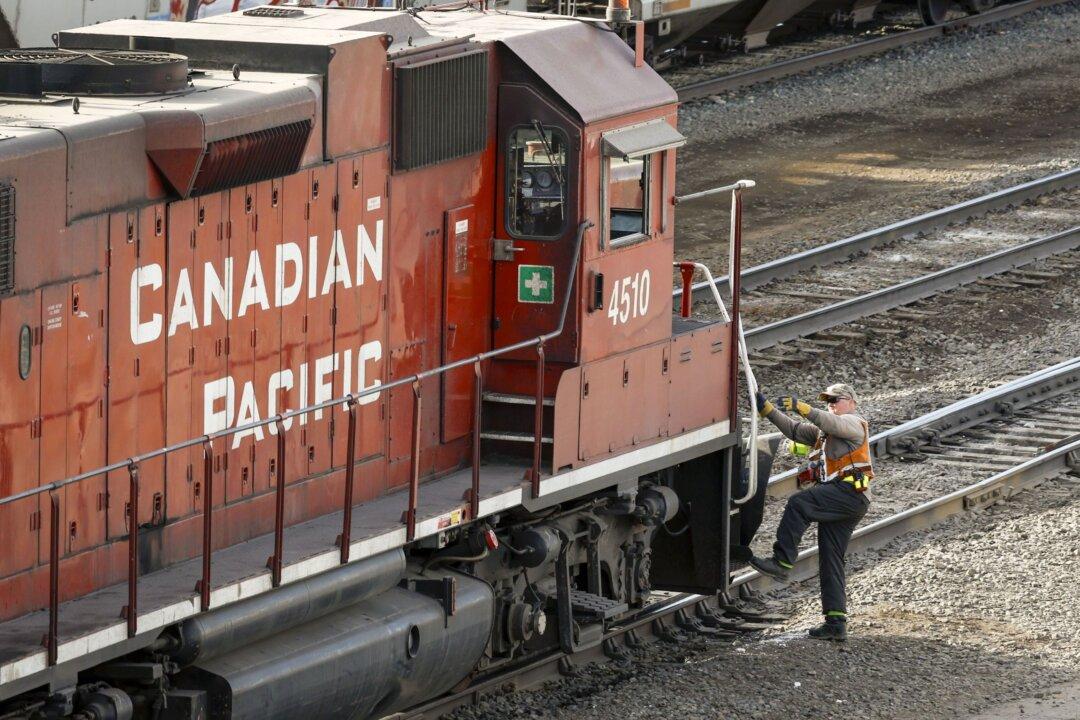Problems with rail service in Canada are prompting calls for change from industry experts, including some in the agriculture sector, who say that poor rail service is costing them money.
From Jan. 2 to April 2, the car fulfillment delivery rate was just 53 percent for Canadian National Railway (CN) and 65 percent for Canadian Pacific Railway (CP).





